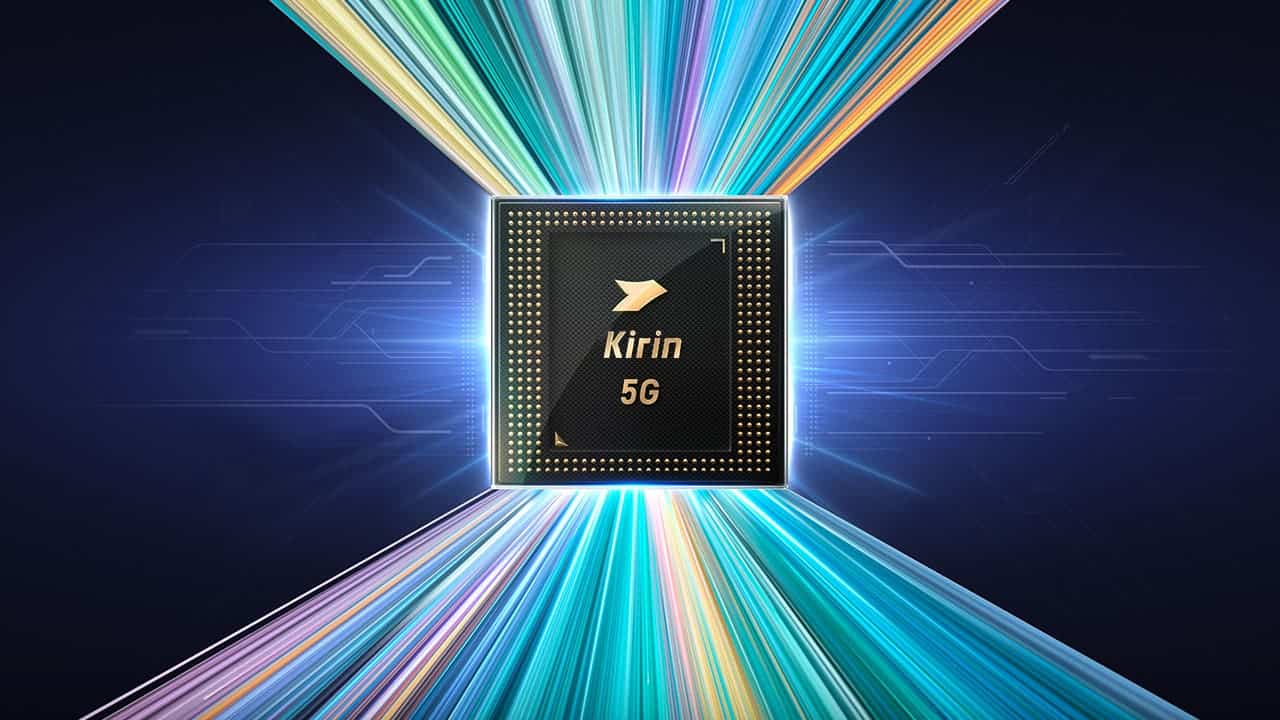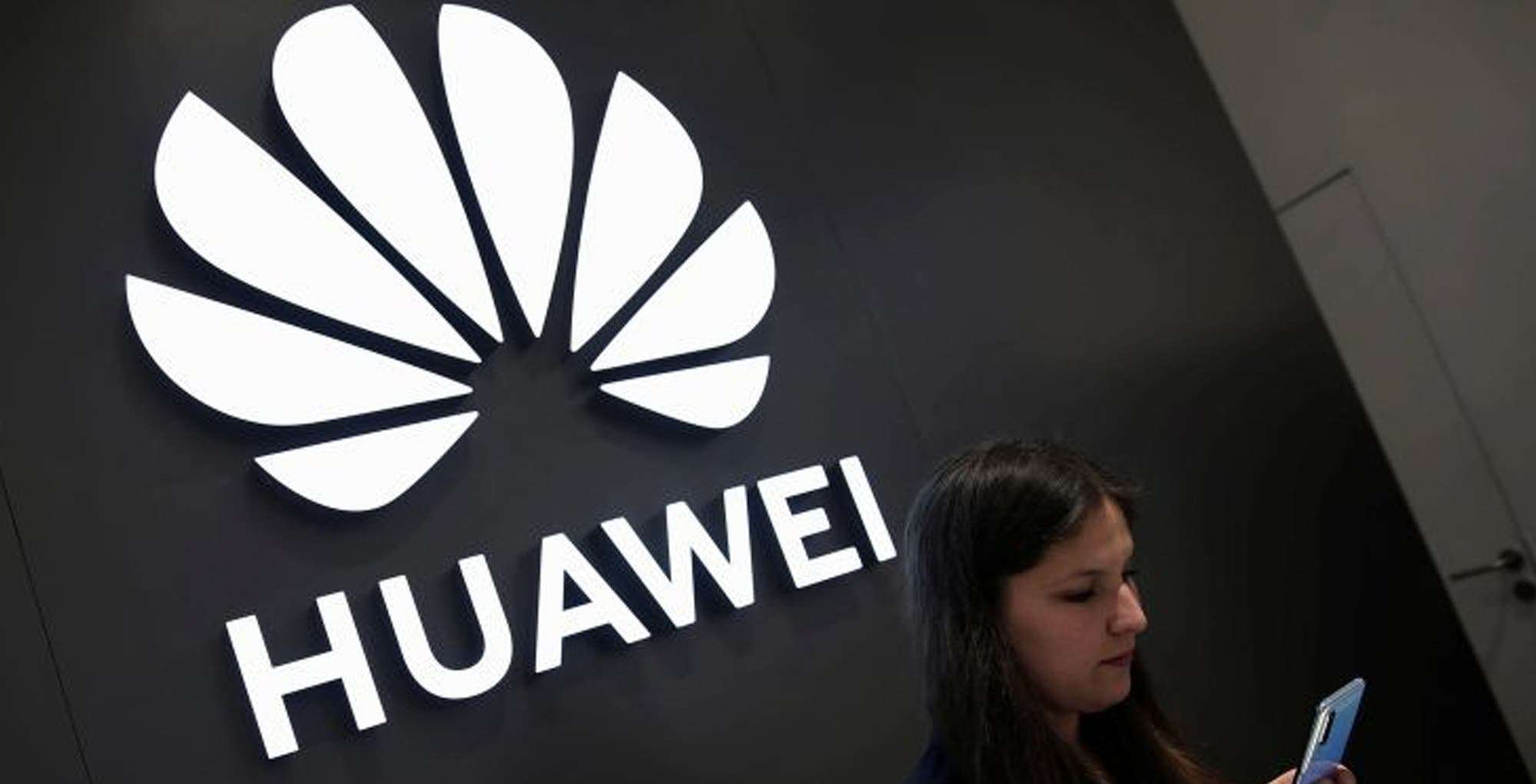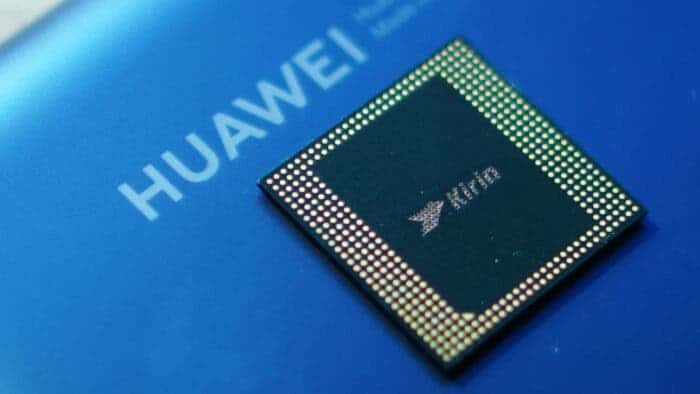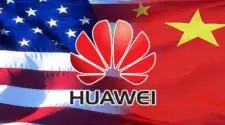Semiconductor Manufacturing International Corporation (SMIC) might be finally done and dusted over the 7nm hurdle. For those unaware, SMIC is the chip manufacturer that builds Huawei Kirin chipsets. And recently, it made it to the headlines by debuting the Kirin 9000S with 5G capabilities.
Nonetheless, according to the latest report from The Elec (source), SMIC is preparing 5nm Huawei Kirin chipsets. But what’s interesting is that SMIC is utilizing deep ultraviolet (DUV) technology for these chips. To compare, other chip manufacturers were able to make this advancement with extreme ultraviolet (EUV) fabrication tech.
SMIC’s progress on advanced Huawei Kirin chipsets has been limited by the economic sanctions placed by the US. But it seems like the chip manufacturing company doesn’t like to be held back.
More About the Progress of 5nm Huawei Kirin Chipsets
5nm Huawei Kirin chipsets may not sound that interesting to you. After all, other companies have already moved to 4nm and even 3nm SoCs. But, due to the sanctions, SMIC and Huawei have been stuck with 7nm for a good while. As a matter of fact, Huawei’s smartphones didn’t have 5G support for about 4 years.

However, both SMIC and Huawei showcased their capabilities by debuting the Kirin 9000S in September of this year. And now, the chip manufacturer is advancing towards 5nm chipsets.
According to an industry official, “SMIC is preparing a 5nm process through DUV, and photomask usage is expected to increase further.” One thing to note is that other chip manufacturers utilize EUV for advanced chipset fabrication. But SMIC doesn’t have that freedom. After all, the US sanctions have barred it from obtaining EUV machinery.
So, SMIC has to use what it has at its disposal to come up with 5nm Huawei Kirin chipsets. But the use of DUV instead of EUV isn’t actually good news. Compared to EUV, DUV processes are expensive and very inefficient. The same industry official said, “A large number of photomasks should be used compared to extreme ultraviolet (EUV) in the production of 7nm process through DUV.” (source)
Why Is It Costly To Produce Chipsets With DUV?
For integrated circuits in processors, manufacturers need to use lithography. Here, EUV and DUV refer to the type of light. DUV has a wavelength that’s much higher than EUV. And it’s the process that SMIC is utilizing for manufacturing 5nm Huawei Kirin chipsets.
Specifically, DUV has wavelengths of 248 and 193 nm. On the other hand, EUV has a wavelength of just 13.5 nm. This is a major difference that makes EUV much better than DUV. And due to this, it’s easier to use EUV for manufacturing advanced chipsets.

Huawei has been relying on SMIC for a good while now. And despite the limitations, both companies have impressed the industry with their capabilities. But even so, it will be hard for them to beat competitors such as TSMC and Samsung. After all, the competitors have been using the latest manufacturing process for their chipsets.
Now, even though 5nm Huawei Kirin chipsets will be expensive to make with DUV, SMIC doesn’t need to worry much about it. For those unaware, SMIC is partially owned by the Chinese government. And recently, the government has aided the manufacturing with funds. This will make it easier for the chip manufacturer to achieve its goals.





